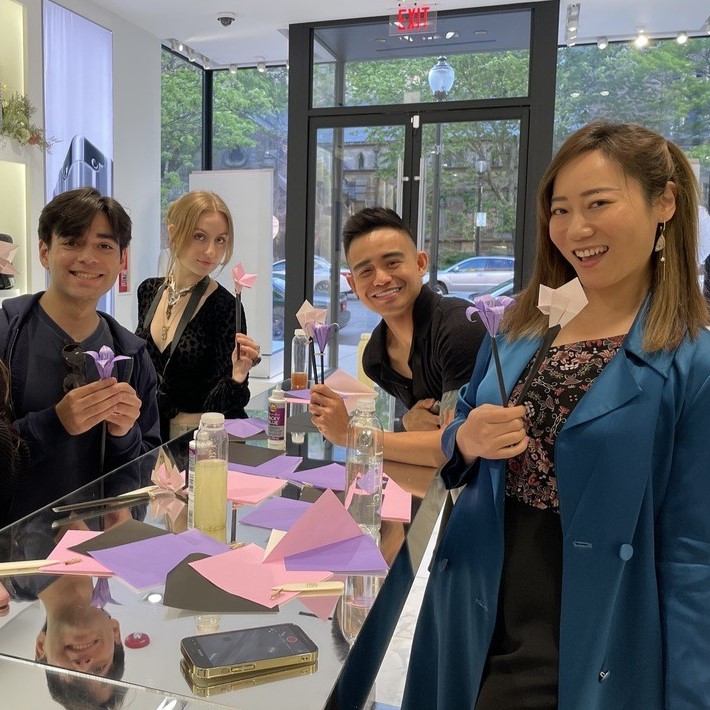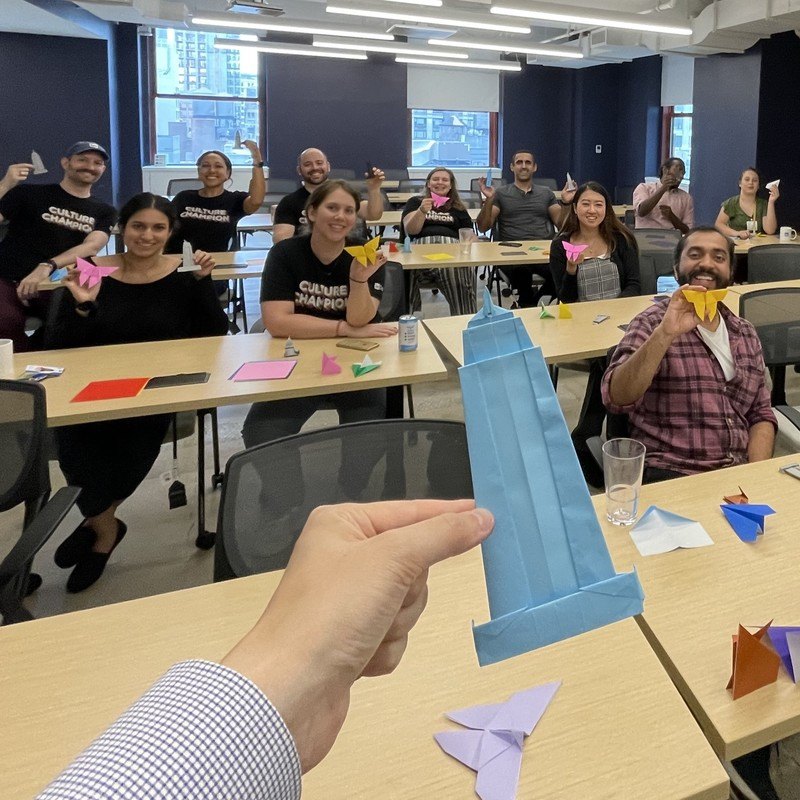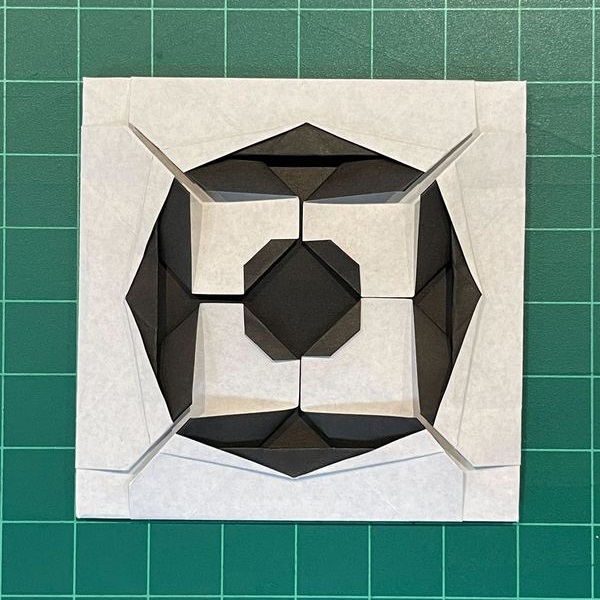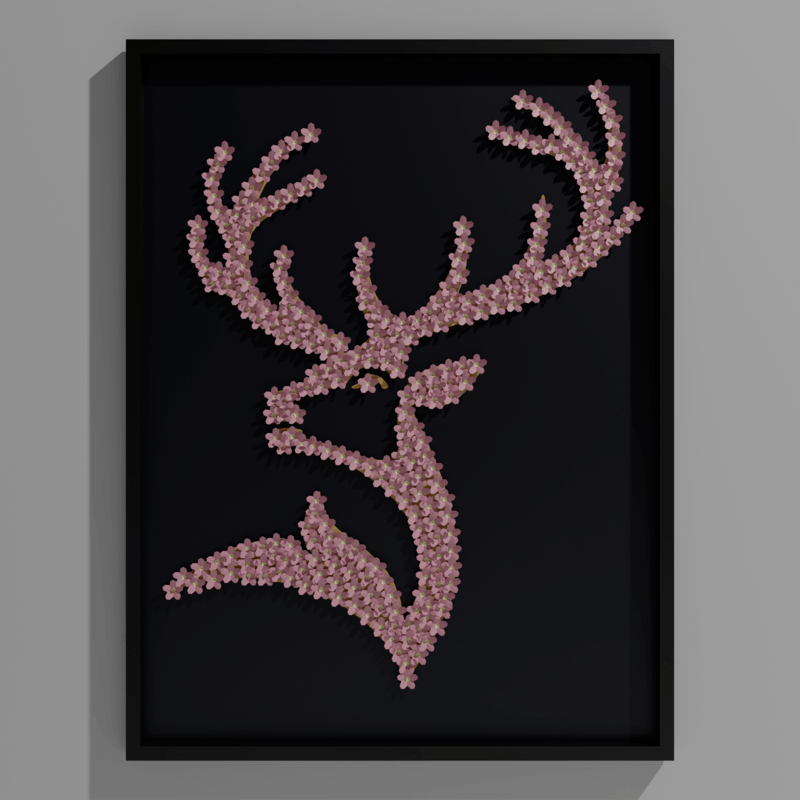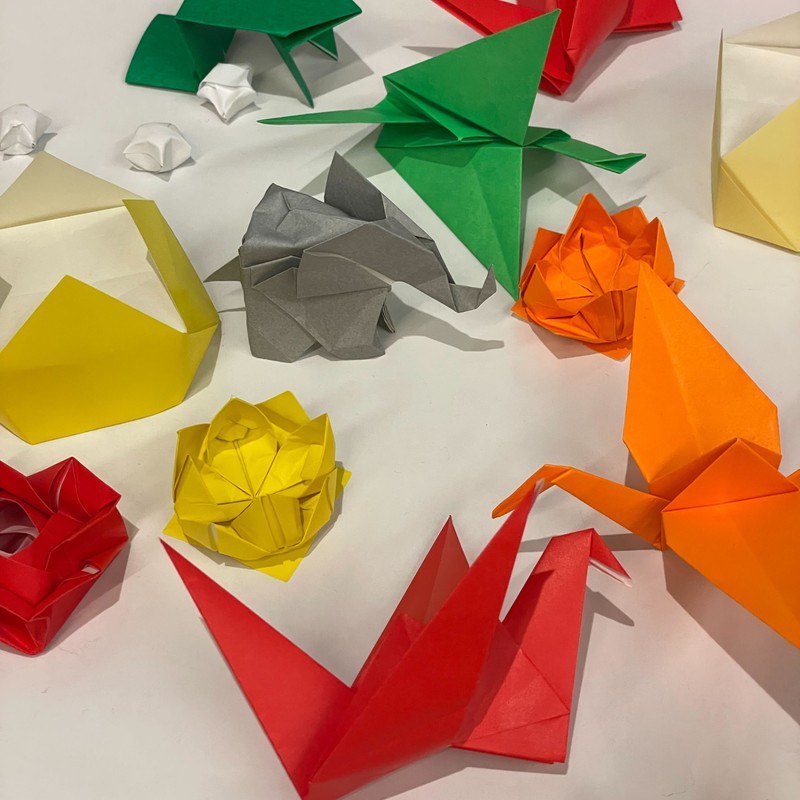We here at the origami studio are often asked to help with and consult on all different kids of projects, but the 2020 Census campaign was one of the most detailed and important things we’ve done in a while. In late 2019, Taro’s Origami staff and folders including Frank Ling, Joe Adia, and Ryan Dong all worked around the clock to fold hundreds of models for this project to inform the United States public about the importance, safety, and details of the 2020 decennial census. Here is a unique behind-the-scenes look at all of the work, both on-screen and off, that Taro’s did to bring this project to life.
1- Brainstorming
Like usual, it started out being a very small request. Originally the project asked the origami studio if we had any folders that could help fold a standard origami person, which was easily accomplished. But once the project saw the breadth of knowledge the Taro’s staff has in not just in the origami field, but the stop-motion field, they were eventually asked for help everything from the designing of the models to being the on screen talent itself. All told, there were about 50 or so origami elements that required designing and creating so the team got to work brainstorming with the directors a few different options for each model to see what worked best for each element.
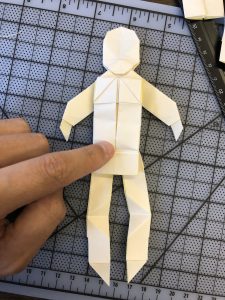
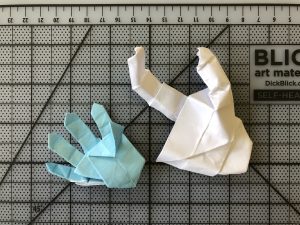
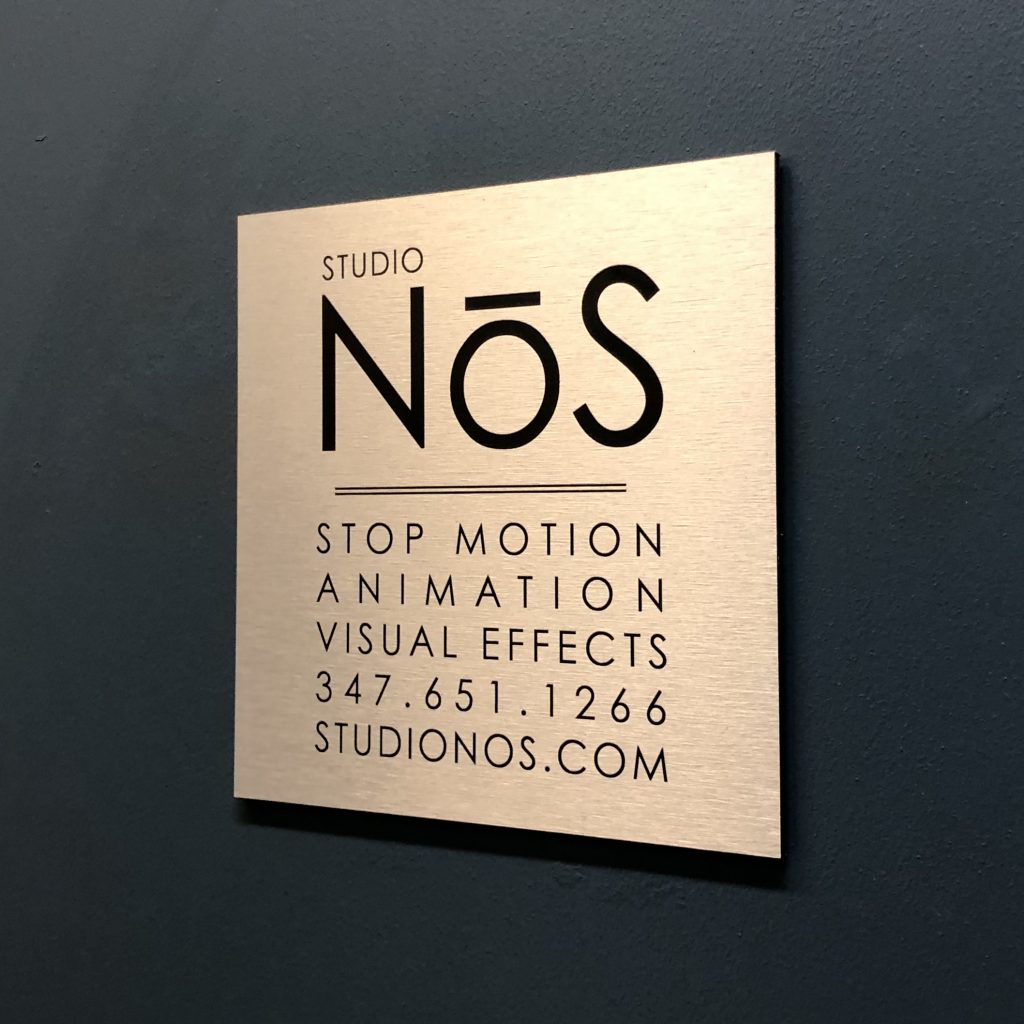
2 – Revising Options
Once the model options were all laid out, each of them needed to be combed over to see what worked best with each other and changes to things like paper color and scale were decided on to make sure the models could tell a complete story. Each of the models went through a series of revisions until everything was as the creative team liked.
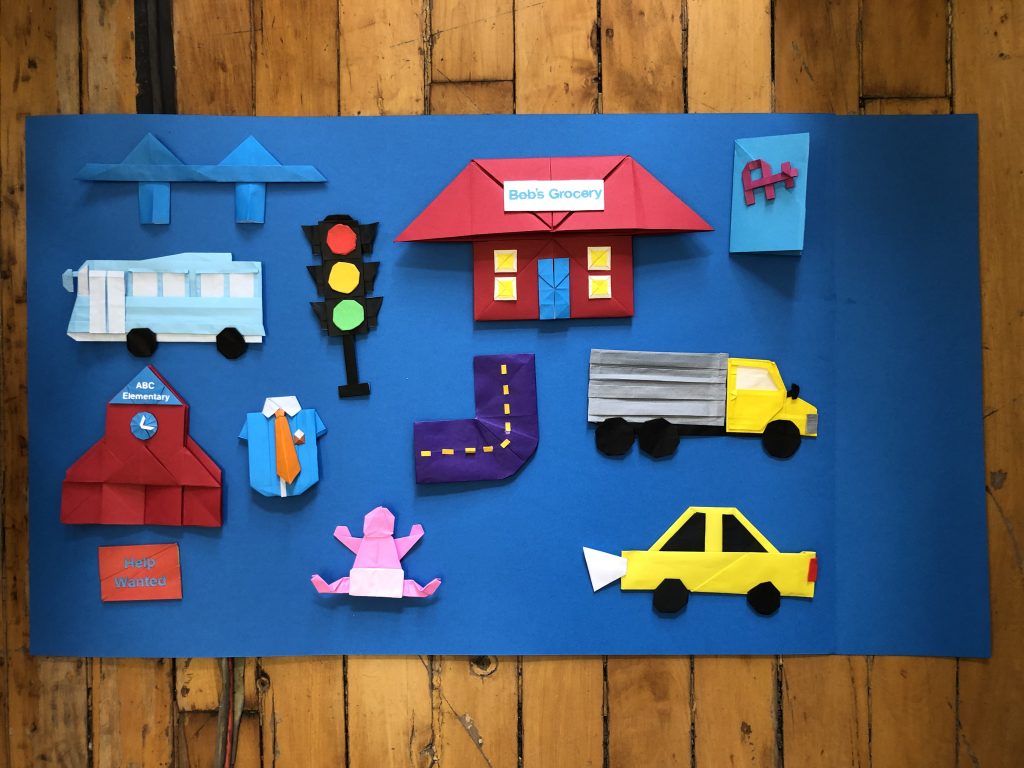
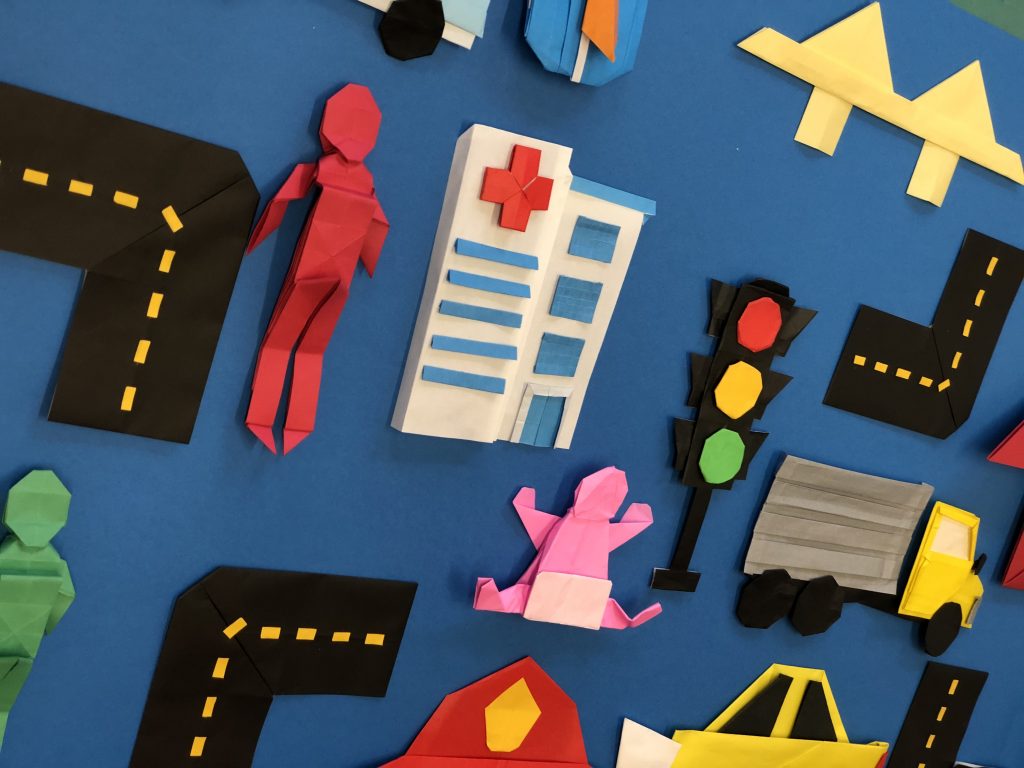
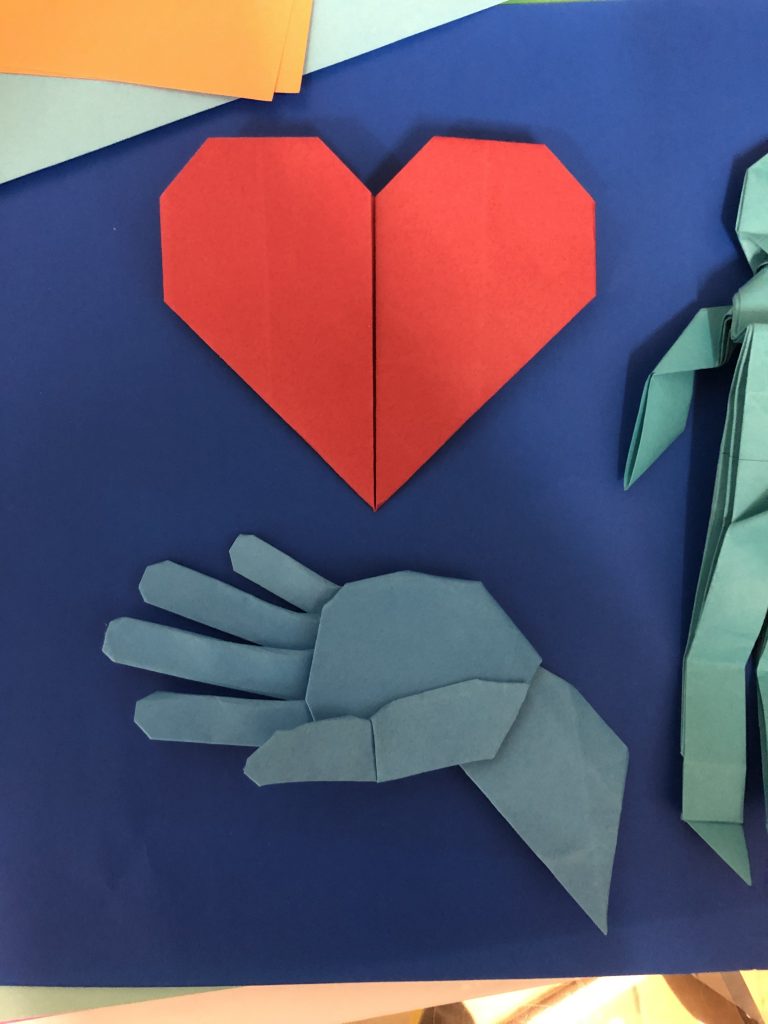
3 – Camera Testing
But while most of the models on camera were flat and could be easily manipulated to move around the screen, several other models would need to undergo transformations on-screen. These models went through an even more rigorous series of camera tests to break down all of their individual folds and find a good way to show the models being folded in the video. For example the human shape was broken down to a its waterbomb base and collapsed forms so that it was easier to see how the flat sheet of paper was manipulated to turn into the final shape. This process was down for each of the models that were folded on screen.
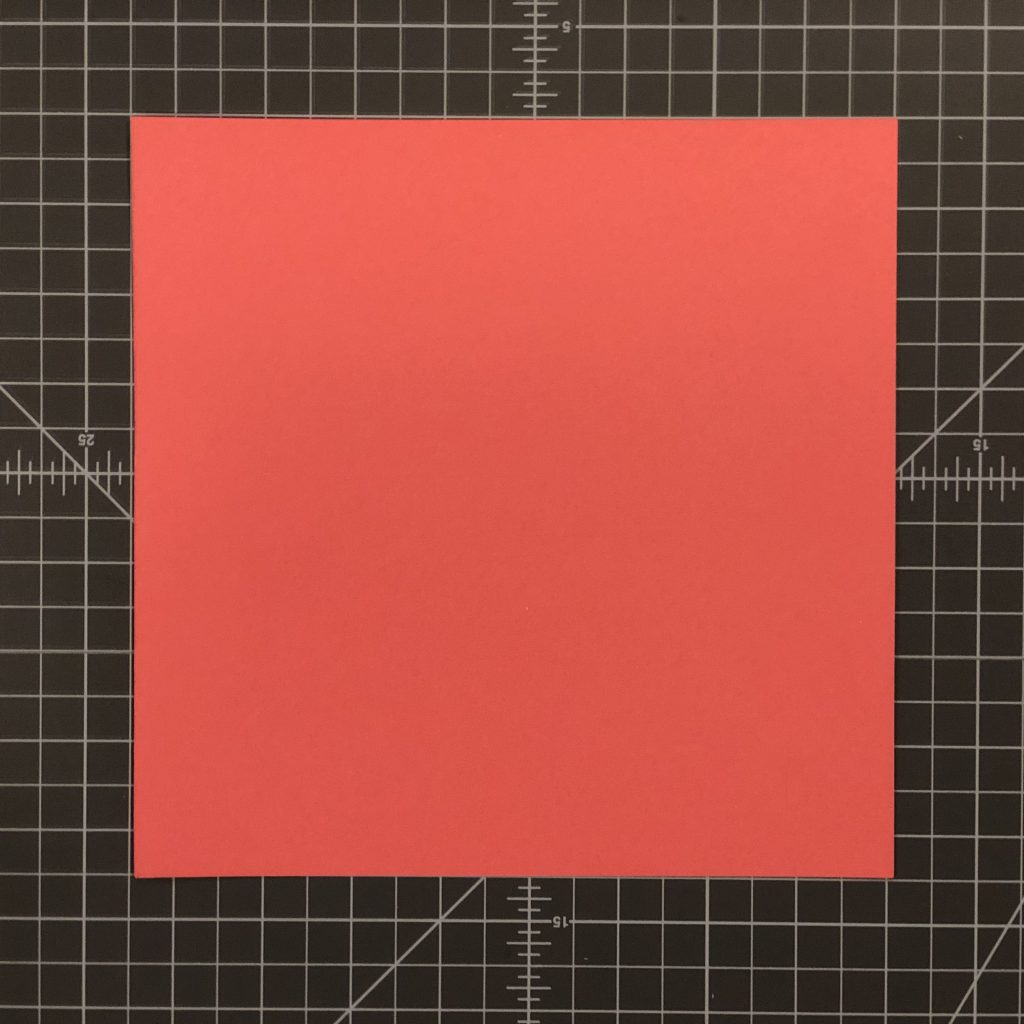
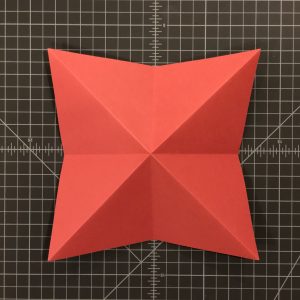
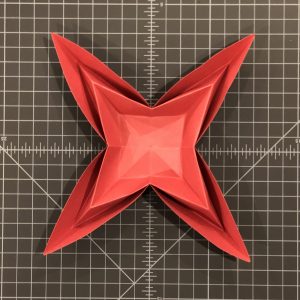
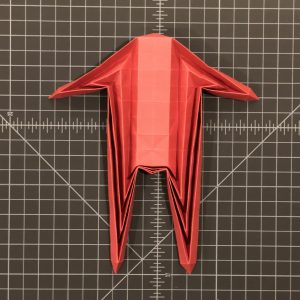
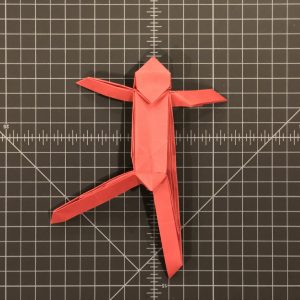
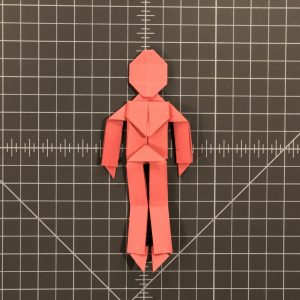
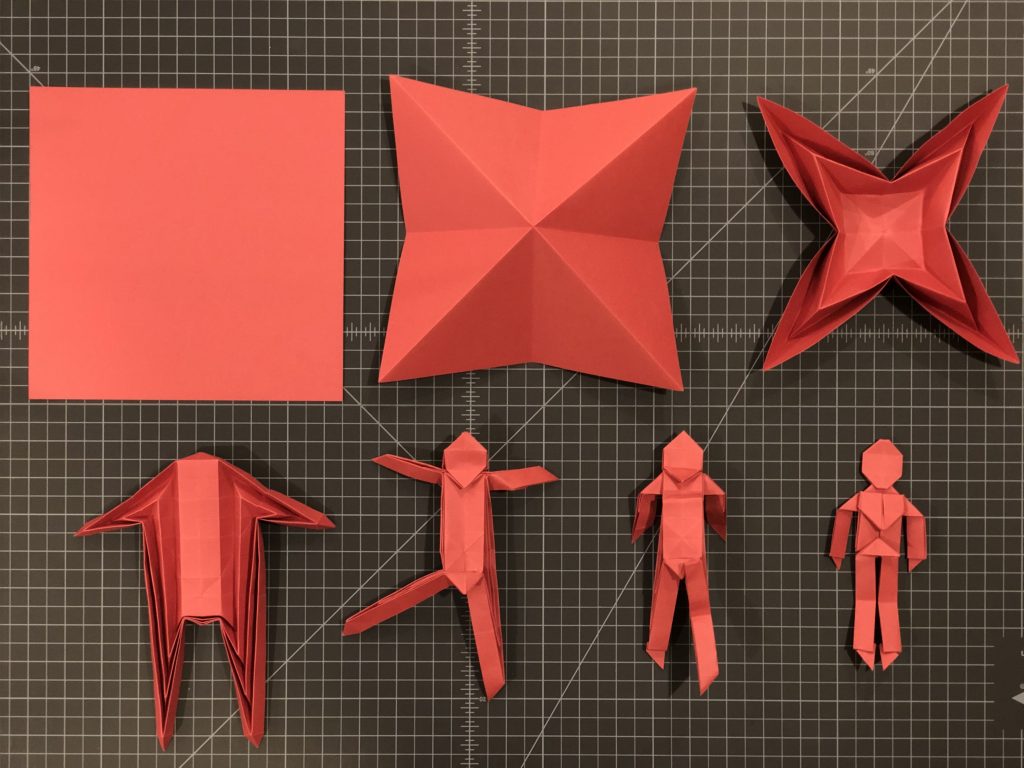
4 – Mass Production
From then on it was a race to simple produce all of the parts needed for the shoot. With tight deadlines and tired fingers the Taro’s staff folded hundreds of parts and pieces to be used on screen for the video shoot. For everything that ended up on screen there were many other options that hit the cutting room floor and weren’t used, and often even simple moves on screen, like a placing an “A+” on a paper would take several versions to make it look correct. Below you can see some of the masses of paper that ended up being folded by the talented artists.
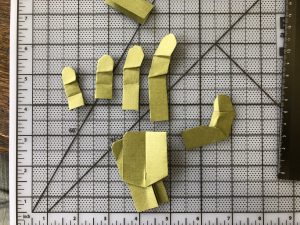
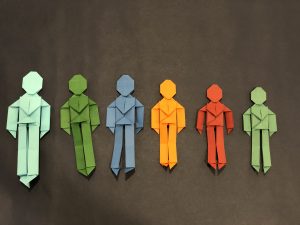
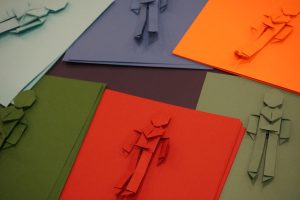
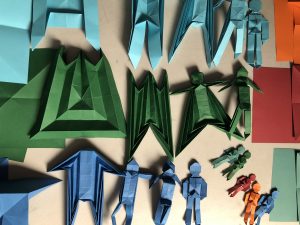
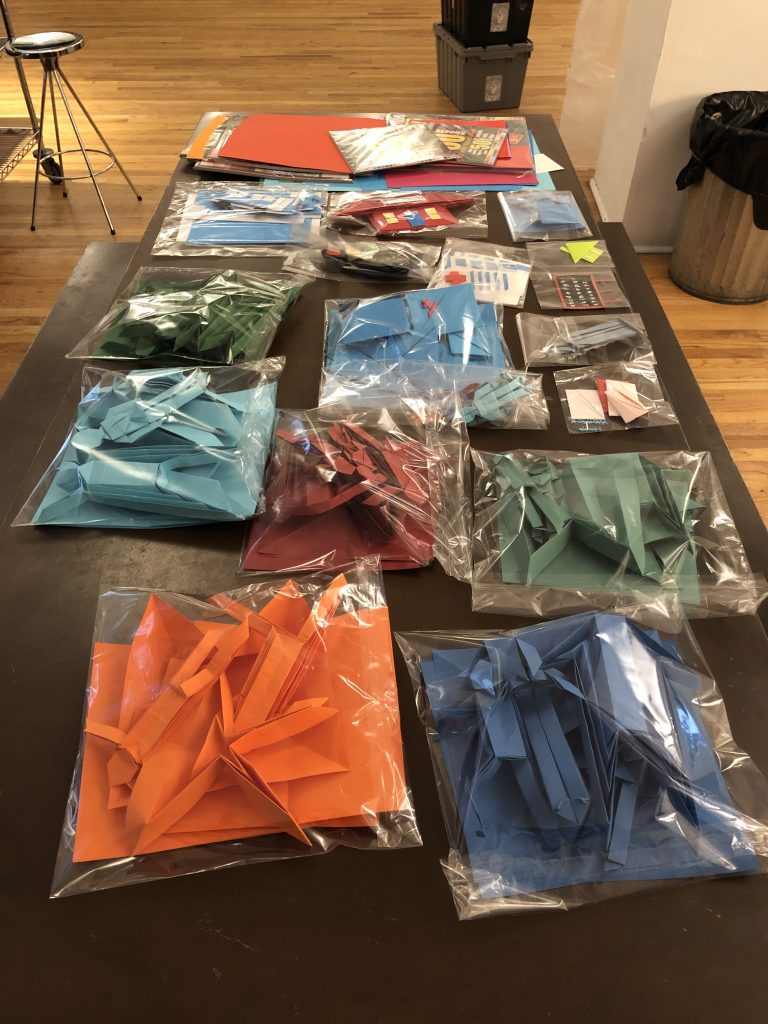
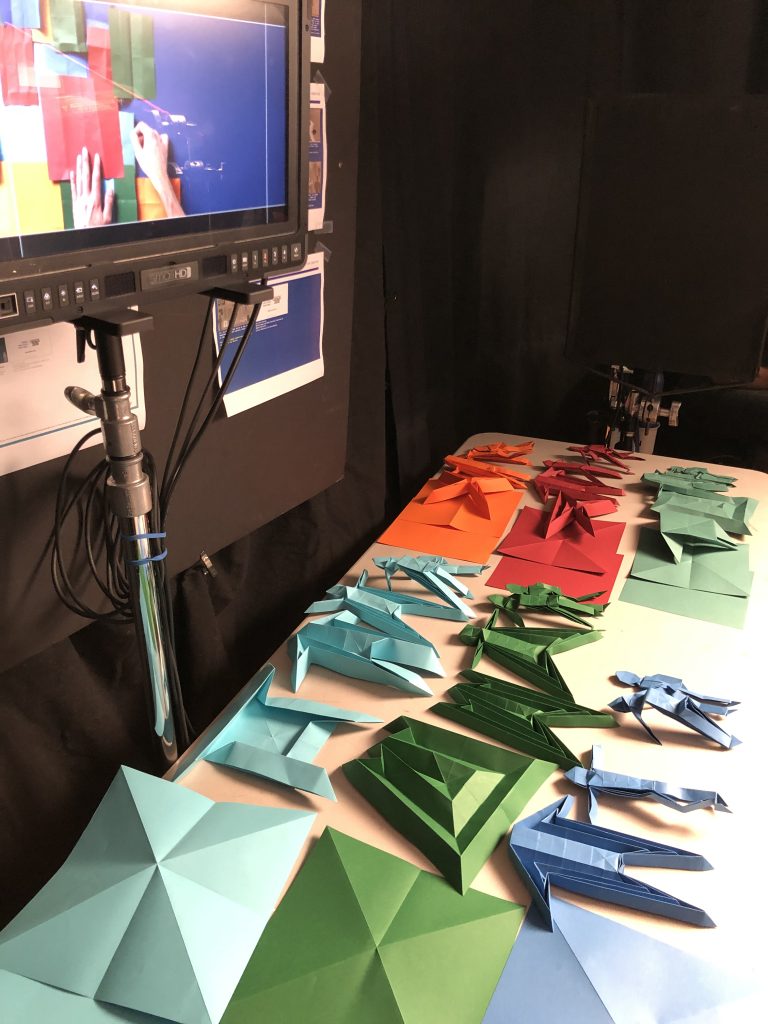
5 – Final Shooting
Lastly Frank Ling, the Senior Artist for the Brooklyn Studio and experienced stop-motion origami artist was used as the on screen talent for the project and several more days were spent with the painstakingly detailed work of bringing everything to life. In the end, his movements and origami personality can be seen through this section of the video and were instrumental to the final project.
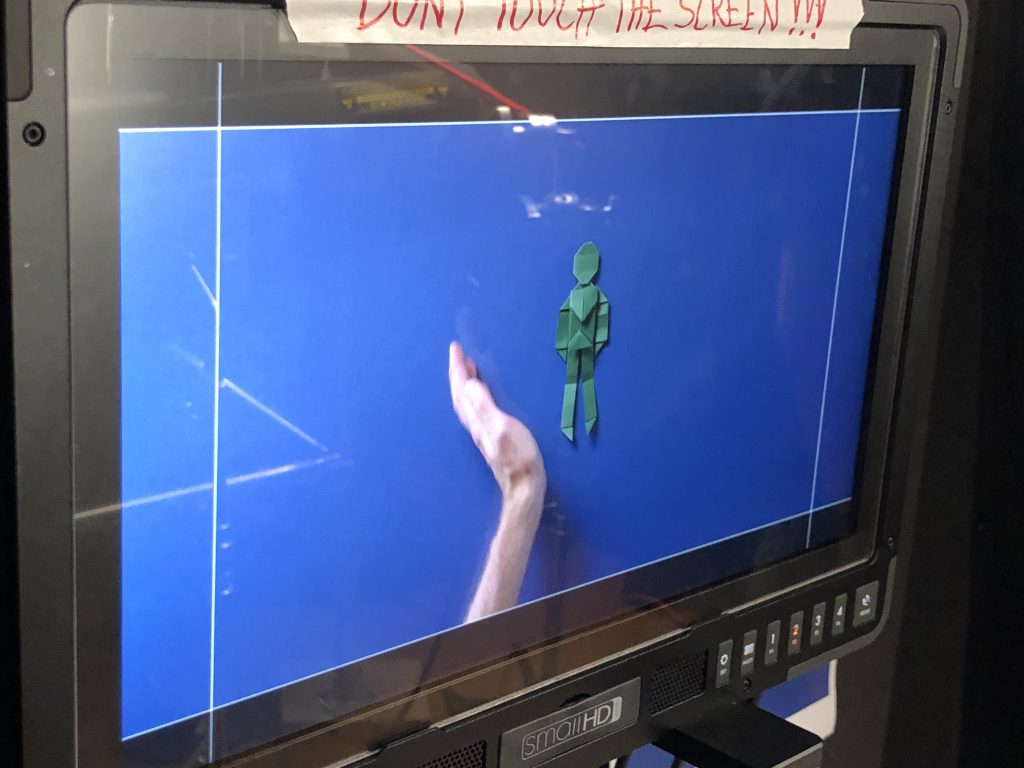
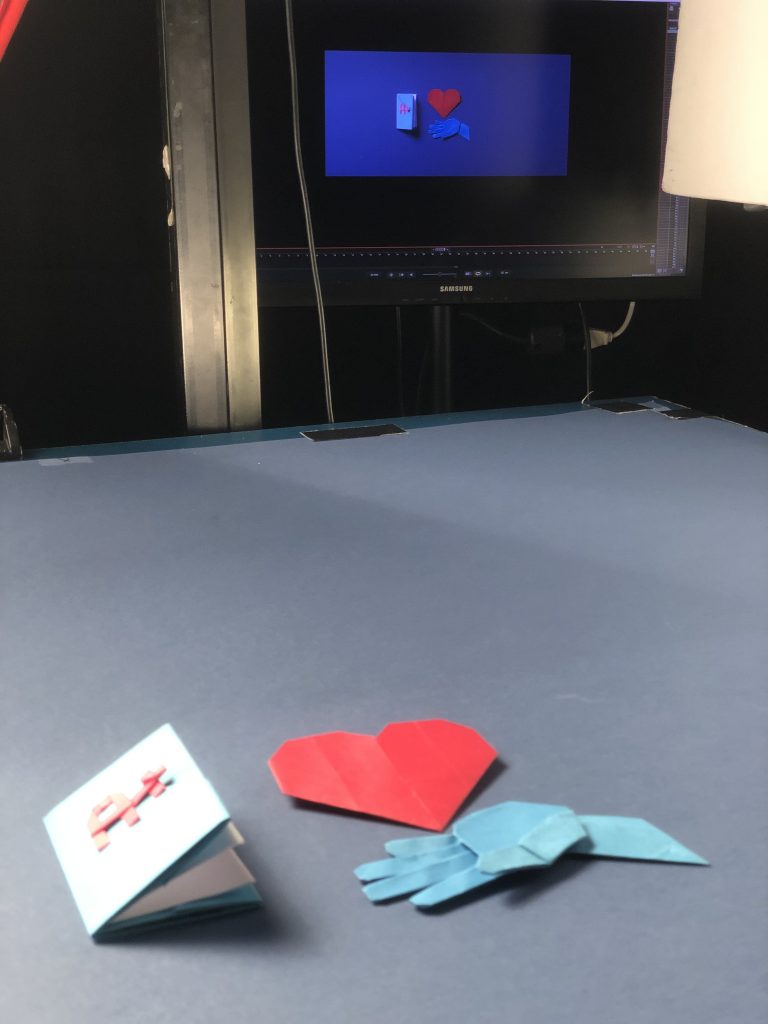
6 – The Final Video
Here is the final clip of the project that has just the origami portions. Enjoy!


